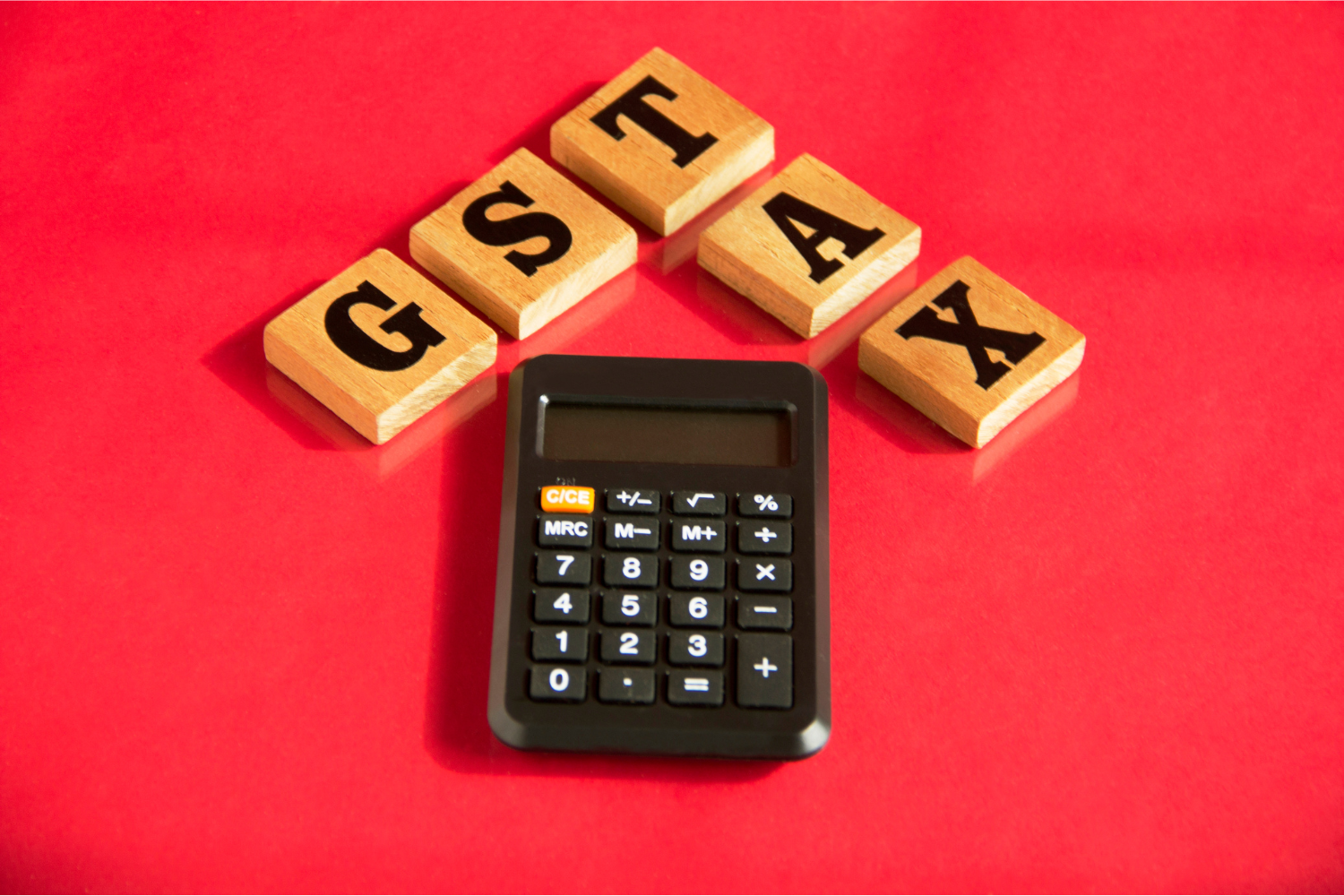What is TDS on Rent?
TDS on rent is an income tax collection system in India in which the tenant deducts a specified percentage of tax from the rent payment given to the landlord and deposits it with the Income Tax Department. This ensures that the landlord pays their taxes on rental income and avoids tax avoidance. TDS is charged when a tenant’s annual rent to a landlord exceeds a specified threshold limit. According to existing legislation, if the annual rent paid exceeds 2.4 Lakh, the renter is required to deduct TDS on the rent payment made.
TDS Calculated On Rent
The TDS rate on rent payments is determined by the landlord’s status and the tenant’s and landlord’s PAN availability. The current TDS rate on rent payments is 10%, which is taken from the tenant’s total rent payment. The TDS rate will be 20% if the landlord does not have a PAN. The TDS rate will be 0% if the landlord has supplied a declaration that their income is below the taxable limit.
TDS calculation for individual tenants
When the landlord possesses a PAN: If an individual tenant’s annual rent exceeds ₹2.4 Lakh, the renter is obligated to deduct TDS at the rate of 10% on the rent amount paid.
When the landlord does not have a PAN: If the landlord does not have a PAN, the tenant is required to deduct TDS at a rate of 20% on the rent paid.
Example: suppose that Mr. A is a tenant and pays Mr. B, the landlord, a monthly rent of ₹25,000. Mr. A pays ₹3,000,000 in annual rent (i.e., 25,000 x 12 months). TDS is required under existing standards if the annual rent paid exceeds ₹240,000.
Assuming Mr. B has provided Mr. A with his PAN information, the TDS rate in this scenario is 10%. As a result, Mr. A must deduct ₹30,000 (i.e., 10% of ₹3,000,000) in TDS. Mr. A must deduct this TDS amount from his rent and submit it with the Income Tax Department using Form 26QC.

Calculation of TDS for Non-Individual Tenants
When the landlord possesses a PAN: If the annual rent paid by a non-individual tenant exceeds ₹2.4 Lakh, the renter is obligated to pay TDS at the rate of 10% on the rent amount paid.
When the landlord does not have a PAN: If the landlord does not have a PAN, the tenant is required to deduct TDS at the rate of 20% on the rent amount paid.
Example: If ABC Pvt. Ltd. pay XYZ Builders 50,000 per month to rent a commercial property. ABC Pvt. Ltd. would pay a total rent of ₹6,00,000 (₹50,000 x 12) during the fiscal year (April to March).
Assuming ABC Pvt. Ltd. and XYZ Builders both have a valid PAN, the TDS rate for non-individuals will be 2% under current tax legislation. As a result, ABC Pvt. Ltd. will deduct ₹12,000 (2% of ₹6,00,000) in TDS from the rent paid to XYZ Builders. ABC Pvt. Ltd. must then deposit the ₹12,000 TDS amount with the Income Tax government by the stated deadline and acquire a TDS certificate from the government.
It is important to understand that TDS on rent is calculated on an annual basis rather than a monthly basis. The TDS deducted by the renter must be deposited with the government within the time frame indicated. Failure to do so may result in penalties and interest costs.
TDS on Rent Deposit Due Dates
The government sets the deadlines for depositing TDS with the Income Tax Department. The TDS deducted on rent for the month of March must be deposited by April 30th of the next fiscal year. TDS deducted on rent in March 2023, for example, must be deposited by April 30th, 2023.
Conclusion
In conclusion, calculating TDS (Tax Deducted at Source) on rent requires a comprehension of the applicable regulations as well as the application of a specific formula. Typically, the TDS rate for rent is 10% of the whole rent amount. If the annual rent is more than Rs. 2,40,000, the deductor must obtain the landlord’s PAN (Permanent Account Number) and deduct TDS at the rate of 5%. TDS computation on rent: If the annual rent is Rs. 3,00,000, the TDS deducted is Rs. 15,000 (5% of Rs. 3,00,000). To ensure correct TDS calculations on rent, it is critical to stay up to date on the current legislation and consult a tax specialist when necessary.



